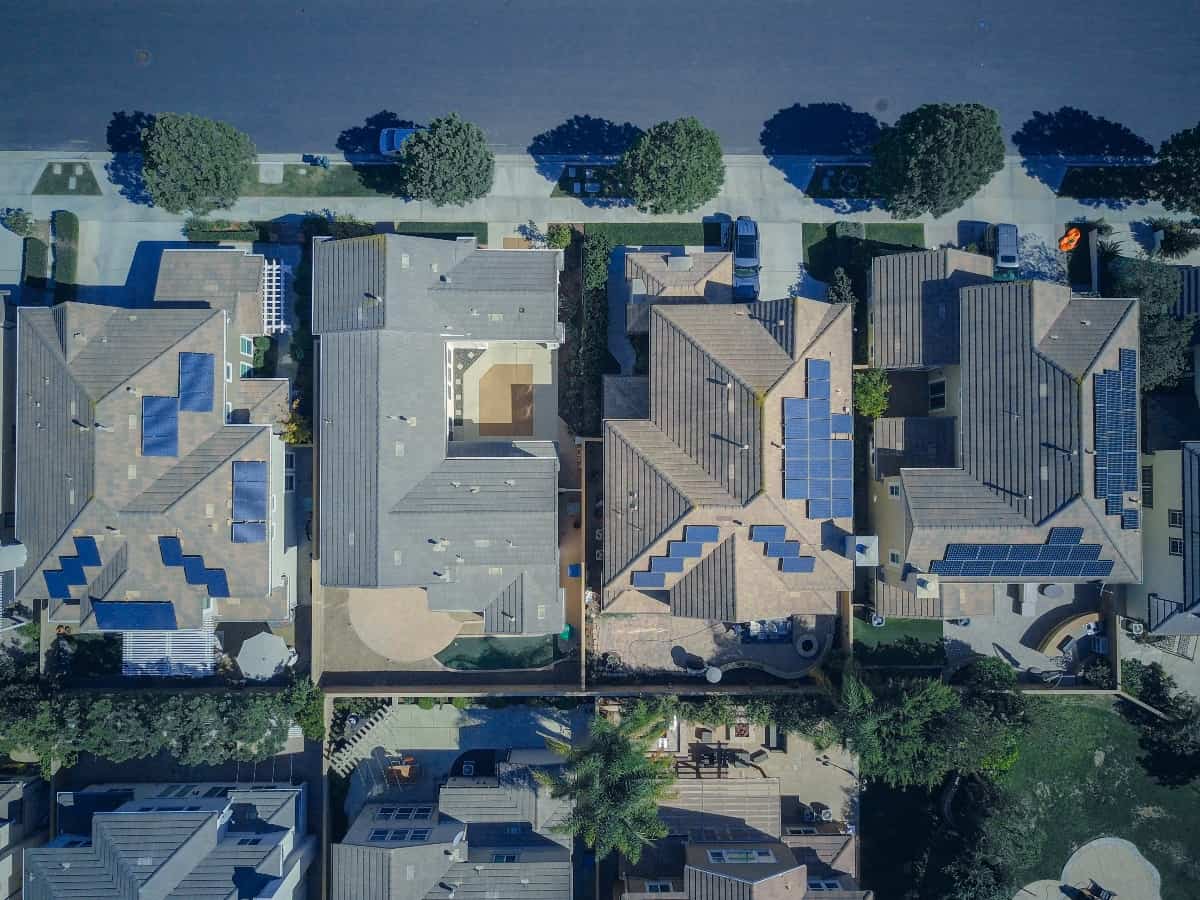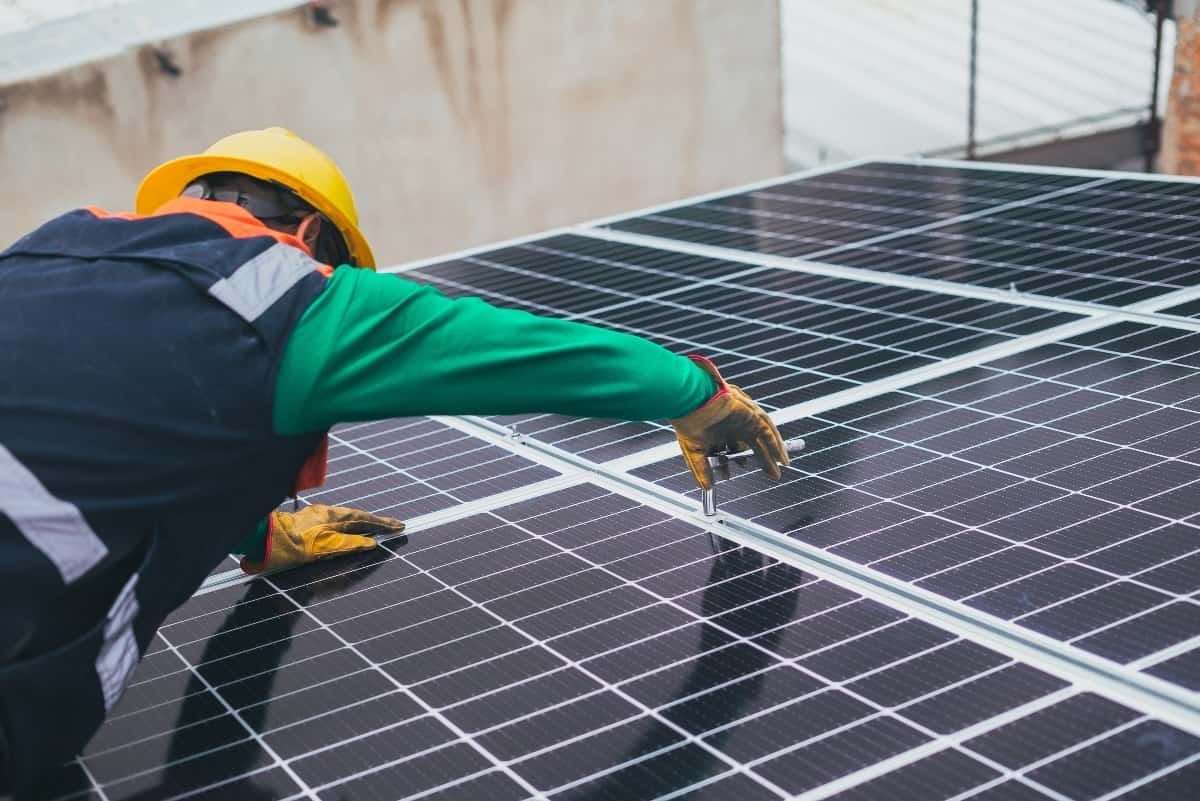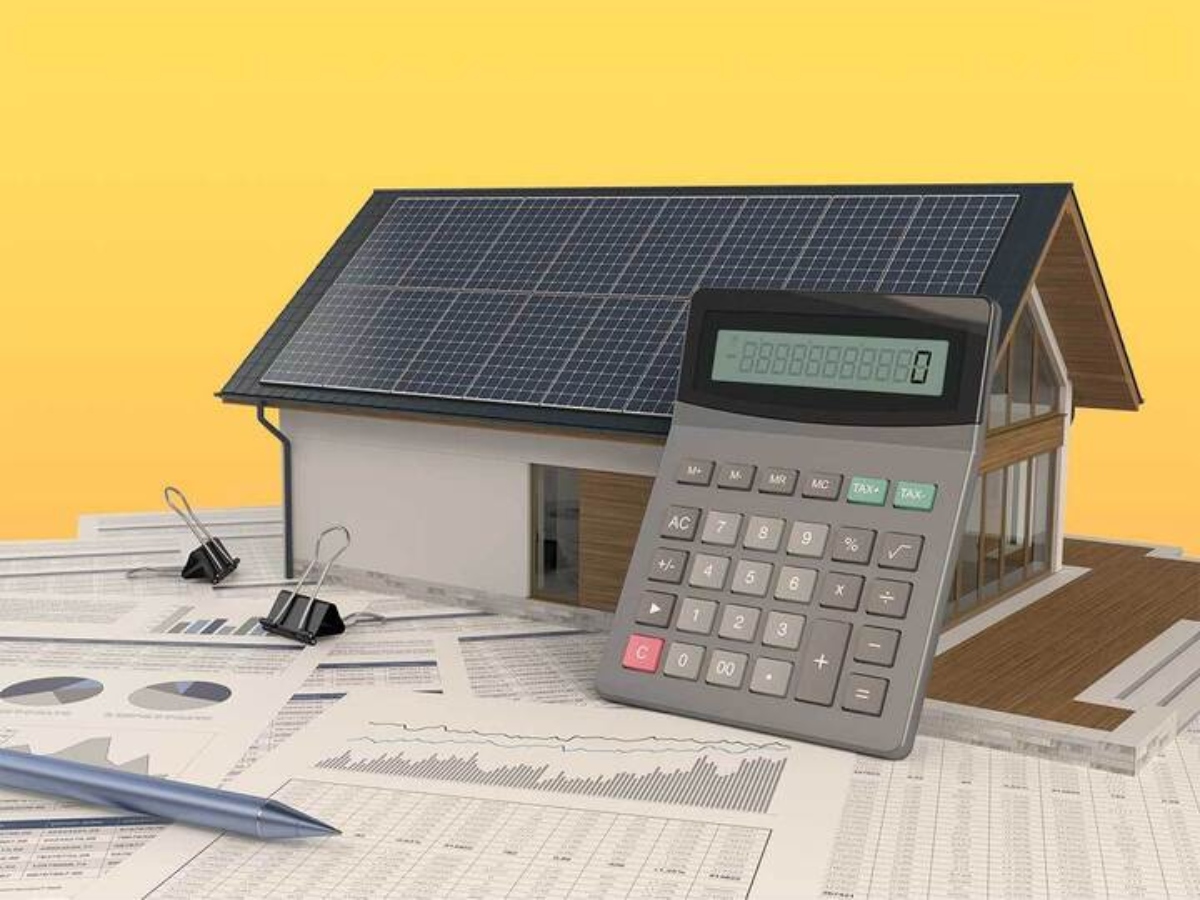Solar energy has become a popular home improvement method in recent years as the cost of solar power has fallen. Homeowners have also become more environmentally conscious, and that’s why you see a surge in solar installations in residential areas. In addition, solar panels can significantly reduce electricity bills and, in some cases, may even eliminate the need for municipal electricity. But is solar energy worth the investment?
The answer depends on the installation cost, available sunlight, and the local climate. According to the National Renewable Energy Laboratory (NREL), in 2021, there were roughly 2.7 million domestic photovoltaic (PV) systems in America.
Please keep reading to learn more about solar energy and get your answer to the critical question, “is solar energy worth the investment?”
Discover Energy Audits with Solar Energy and ONIT Home
Try our Free Energy Audit to make sure your home is performing at optimum energy efficiency. We’ll inspect every nook and cranny of your home to make sure it’s best serving your needs. We’ll also give you tips on lowering your energy bills, conserving energy, and creating a more efficient space. To learn more about how we can help you maintain a top performing home, visit us online to get started!
Is Solar Energy Worth the Investment?
Yes, but it depends on what you hope to gain from solar energy. Solar is definitely worth the investment if you want to offset your electricity costs and reduce your carbon footprint. A solar energy system has a good return on investment (ROI) of 10% to 20%, with a payback time of seven to 10 years.
The benefits offered by solar systems are worth every penny, although it needs a great understanding of the system. This is because the initial costs of acquiring and installing a solar energy system are high. However, in the long run, you will find that the system will be cost-effective. The good thing about a solar energy system is that you can start small and expand your system until you become energy-independent.
The costs involved significantly discourage most people. The good news is, that most states have incentives and rebates that help reduce the cost. Understanding the costs involved is good before deciding which system is the best. Also, analyze the benefits and drawbacks of solar energy to make the best decision.
How Much Will a Solar Installation Cost?
The pre-incentive cost for an average-sized residential solar system is $20,000. The installation cost is between $15,000 and $25,000. However, the price will depend on different factors. Some factors that will influence solar system costs are:
- The equipment you choose
- Your current energy usage
- Solar company you select as your installer
- Your location; prices in warmer places are lower per watt, while cold areas have higher rates.
- The net metering policy offered by your area utility company
- The investment tax credit (ITC) and other incentives
- System size, the bigger the size, the higher the costs
- Your roof space; a roof space facing south is the best for solar installation

How Much Will You Save With Solar?
You can save between $10,000 and $30,000 on energy over the lifetime of your system. However, there are many factors to consider, so it’s challenging to know the exact amount. The amount of money you save with a solar system highly depends on your monthly consumption, as homes differ in energy usage. To determine your energy consumption, check your electricity bill.
According to the Energy Information Administration (EIA), the average energy consumption of an American household is 893 kWh, at an average price of 13.15 cents per kWh. This means you can spend $117.46, depending on your state. For example, using the 2020 data from EIA, you can spend around 107.78 dollars and use 865 kWh.
Now, let’s do some simple calculations using our Iowa example above:
If your monthly bill is $107.78, then annually you will save $1,293.36 ($107.78 x 12 months). Due to solar panels lasting for ~25 years, you’ll be able to save at total amount of $32,334 over the lifetime of the panels.
Other factors that determine what you can save are the size of your solar system, the amount of sunlight your system receives, and the rate you pay for electricity. This online calculator can help you have a rough estimate of your savings depending on where you live.

What Are the Available Incentives and Rebates?
Various incentives and rebates are available for solar energy, which can help reduce the cost of installing a solar system. Incentives can come from the federal government, state governments, utilities, and local governments.
Federal Solar Investment Tax Credit
Also known as Investment Tax Credit (ITC), the federal solar tax credit is a crucial incentive for going solar in the United States. It enables individuals and businesses to offset 30% of the price of their solar installation from their federal taxes.
Previously the rate was 26% for systems installed in 2020 and 2021, although it was increased to 30% recently. However, the rate is expected to return to 26% for systems installed in 2033. For solar systems installed in 2034, the ITC rate will be 22% and expire in 2035.
Net Metering / Net Billing
Net metering is a way to credit your solar system’s excess energy to the grid. Although the compensation method depends on your state, you can sell your power back to the grid. In some states, net metering is referred to as net billing.
State Tax Credit
The state tax credit is a tax break offered by some states for installing a solar energy system. It enables you to deduct a certain amount (depending on the state) from your state income taxes.
Cash Rebates
Cash rebates are given by the state or municipality when you install a solar system. This is done to encourage people to use solar energy. Cash rebates are often available for a limited time, meaning the incentive will not be given once your region makes a certain number of solar installations.
Solar Renewable Energy Certificates (SRECs)
Solar renewable energy certificates (SRECs) are tradable credits representing the environmental attributes of electricity generated from solar PV systems. SRECs are created when a solar PV system generates electricity sold to utilities that must meet renewable energy targets set by state governments. In short, you can earn one SREC for every 1,000-kilowatt hours (kWh) or megawatt-hour (MWh) your solar generates. The price of an SREC depends on the current supply and demand for SRECs in the market. It also depends on the state’s specific requirements regarding where the PV system is located.
Exemption
Some states provide a tax exemption from state sales tax, meaning you’ll get your system at a lower price. Furthermore, some states also offer property tax exemptions. This means you will still pay the same tax as before, even though the solar system has increased the value of your home. Many incentives come with solar system installation depending on your state and aim to reduce upfront costs. This will enable you to enjoy a reasonable return on investments while enjoying all the benefits of a solar system.

What are the Top States for Solar Investment?
Now that we’ve answered the question”Is Solar Energy Worth the Investment?”, let’s look at the states championing the use of solar energy. As you may have noticed, a lot is going on when determining whether solar energy is an excellent option for you. Of course, one crucial factor is where you live, as this will determine your electricity cost, incentives, and the amount of sun you get. So now let’s look at how your state stacks up on solar.
Arizona
Arizona is one of the sunniest states and ranks 5th in solar installations. It has 228,976 solar installations with an investment of approximately $13.9 billion. This state has over 297 solar companies and more than 8,200 jobs in 2021. Arizona residents with solar energy receive a 25% tax credit on the total system cost. The maximum credit is $1,000. In addition, you get a 100% sales tax exemption for your system. Furthermore, other policies are in place to ensure you invest significantly in solar energy.
California
California is a champion for solar energy as it ranks first nationally. The state has over 1.5 million solar installations creating over 75,000 jobs in 2021. The total solar investment in California is $80.8 billion and has seen a decrease in the price of 53% over the last 10 years. The state has almost 2,000 solar companies, including manufacturers, and installers, among others. The solar incentive for this state is around $0.20- $1.25 per watt. California also offers property tax exemptions, net metering, ITC, and other incentives.
North Carolina
North Carolina is one of the states with the lowest electricity rates in the U.S. It receives generous sunshine and ranks 4th in 2022. The state has 33,463 installations and over $10 billion in solar investment. North Carolina has 213 solar companies and has created over 6,978 jobs. In addition, it offers building permit rebates, flexible financing options, ITC, and net metering incentives.
Florida
Florida gets an average peak sun of around 5.67 hours. No wonder it ranks 3rd nationally for solar energy. It has a solar investment of $13.1 billion, 378 companies, 11,761 jobs, and 142,910 installations. Around 5% of the state’s electricity comes from solar energy. The state offers sale tax exemptions, financing, net metering, ITC, and property tax exemptions.
Texas
Of course, Texas had to be among the top five states that invest in solar energy. This is because it’s one of the most populous states in America, has a high electricity demand, and receives lots of sunshine. All this made Texas rank 2nd, although it was 1st in 2021. It has a total solar investment of $18.1 billion, and around 4% of Texas’s electricity comes from solar. In addition, it has more than 176,439 installations, 506 solar companies, and over 10,000 jobs. The Lone Star State has some companies that allow you to earn as much as $2,500 in rebates. In addition, the state enables net metering property tax exemption, ITC, among other incentives.

Aim Towards a Brighter Future with ONIT Home Solar Energy
So, is solar energy worth the investment? Yes. Solar energy is an excellent choice for any home or business owner. However, many factors contribute to the greatness of using solar energy, and it is essential to consider them before starting your investment. It’s an excellent idea to seek advice from experienced solar experts to have a system that matches your needs. That’s where ONIT Home comes in! We will help determine your power needs, assess your home, and see which approach works better for you.
We also offer equipment at the best prices on the market and affordable financing options to help you switch to solar energy seamlessly. So let our experts help you go green and save green today. For more information, visit us online or call us at 1-833-433-0331 to speak to our dedicated professionals. Need solar energy? We’re ONIT!



